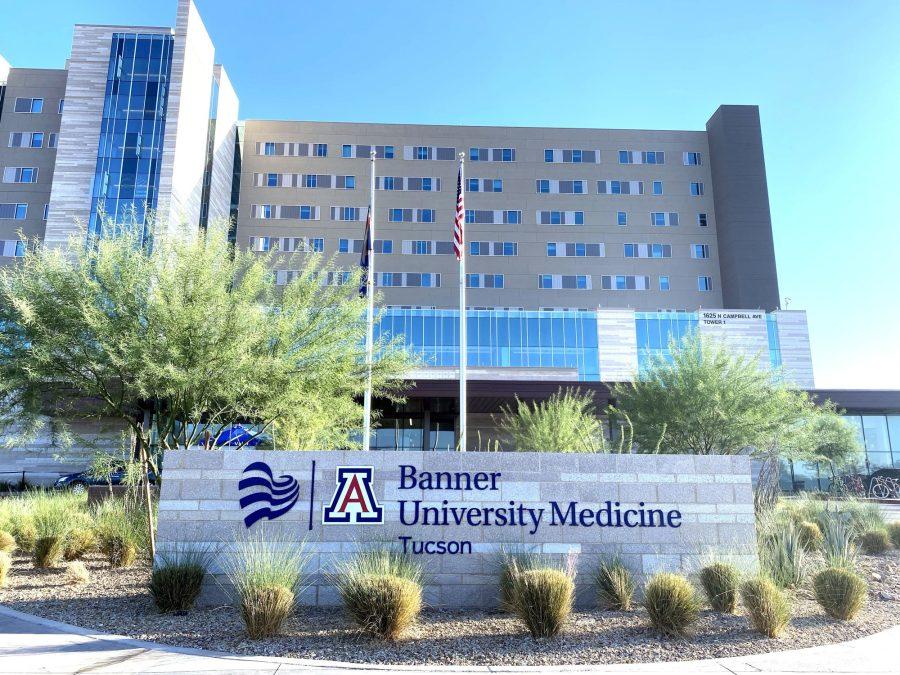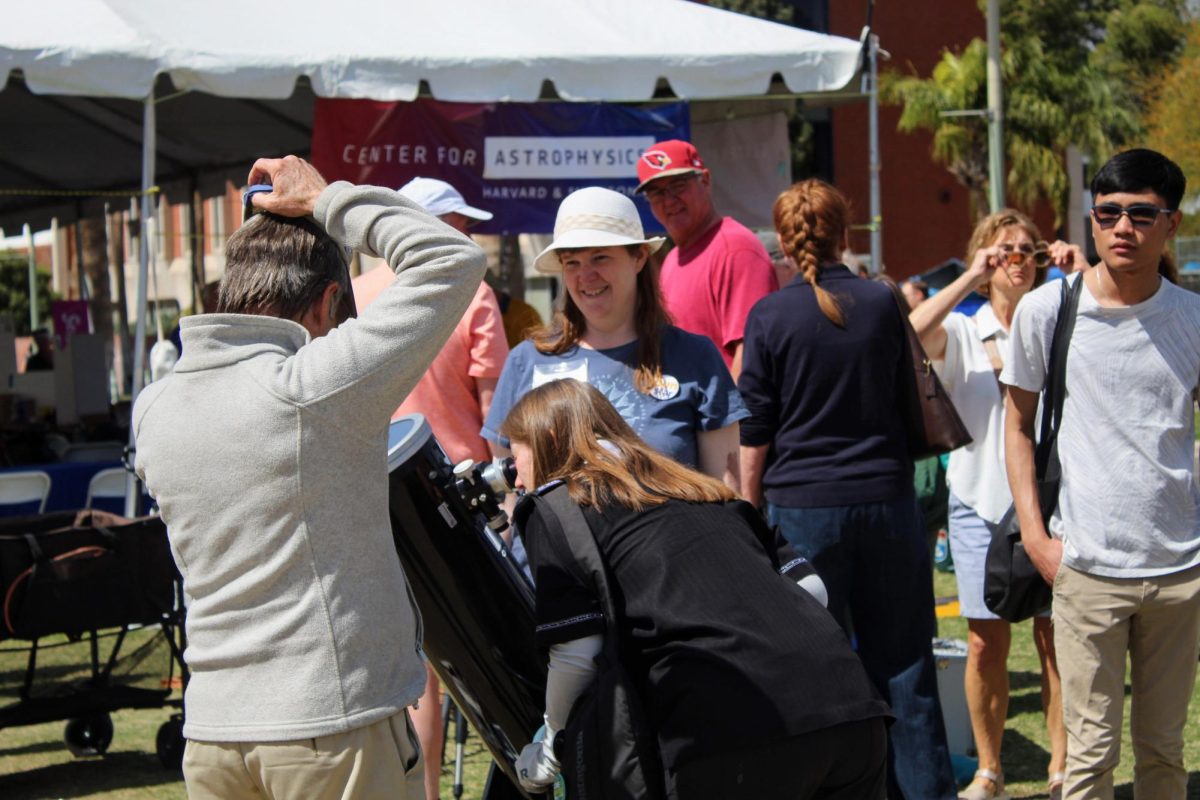One of the significant truths the COVID-19 pandemic has revealed is the vulnerability and disparity of resources between rural hospitals and academic centers like the University of Arizona College of Medicine.
To address one of these disparities, associate professor and emergency ultrasound faculty Dr. Elaine Situ-LaCasse is leading a study to design an educational program teaching rural healthcare professionals about the use of lung ultrasound technology remotely.
Ultrasonography is an imaging technique that uses high-frequency sound waves to capture a live picture of what is going on in the body. Many people are familiar with this technique during pregnancy because it allows us to see images of a baby in utero. Ultrasounds, however, can be used for many other organs in the body.
Ultrasounds are very useful in the emergency room because they can be performed at bedside rapidly, are much more portable, cost significantly less than both X-Ray and Computed Tomography (CT) machines and do not emit radiation.
Lung ultrasound is useful for studying abnormalities such as pneumothorax, a condition where air leaks into the space between your lungs and chest. Research shows that certain features that appear in a lung ultrasound can indicate if a patient has COVID-19, making it a fast, reliable and relevant tool in the diagnosis process.
RELATED: Healer’s art: Integrating the humanities into medical education
However, studies show that rural emergency departments may not even have an ultrasound.
“A lot of times, the emergency department may not be run by emergency medicine trained doctor,” Situ-LaCasse said. “There can be family medicine doctors or internal medicine doctors, so doctors who didn’t have such extensive ultrasound training as emergency medicine doctors.”
Lung ultrasound can be a more cost-effective and quick method for emergency medicine doctors to diagnose and treat patients. According to Situ-LaCasse, a single portable lung ultrasound probe may cost between $2,000 and $5,000, which is much cheaper than the larger ultrasound machines that cost tens of thousands of dollars. Furthermore, Situ-LaCasse said that these portable ultrasounds are much easier to clean than the large machines, which is of heightened importance during the pandemic.
Given the cost and other advantages of this portable ultrasound technology in the emergency room as opposed to other imaging techniques, especially for rural hospitals, this knowledge gap is important.
Situ-LaCasse and her team received funding from the National Foundation of Emergency Medicine to conduct COVID-19 related research. She is also an NFEM scholar, which helped her secure even more funding for her research and paired her with her mentor, Dr. Srikar Adhikari.
Currently, Situ-LaCasse’s team has recruited four emergency departments — an Indian Healthcare Center in Zuni, New Mexico as well as three centers in Douglas, Benson and Bisbee. Over the span of six months, they plan to implement a curriculum that teaches medical professionals about lung ultrasound to see the effectiveness of implementing their training model.
Especially during the COVID-19 pandemic, as Situ-LaCasse said, telehealth and tele-education have been made more popular. Situ-LaCasse and her team designed an educational curriculum that could be delivered from a distance — through Zoom sessions and videos staff watch on their own time.
RELATED: Tohono O’odham Nation donates money to Arizona universities for COVID-19 research
“Since the emergency department is open 24/7, … it’s difficult to have everybody in the same place at one time for teaching,” Situ-LaCasse said.
In addition to the knowledge component is the hands-on component. Lung ultrasound requires practice to build muscle memory and rapidly recognize the important features of an ultrasound scan. To enable this part of the training, Situ-LaCasse and her team sent portable ultrasound probes to each of the locations. These probes can then be connected to a phone or tablet.
“We’ll do live Zoom sessions. There is also a software on the ultrasound machines that will allow me to see what they are seeing at a distance,” Situ-LaCasse said. “What I can say is ‘I see the lung sliding, how about you slide you probe up a bit more? Or rotate your probe?’ I can guide them by looking at the images and I can tell them what they are seeing, which is fantastic.”
To test the efficiency of their curriculum, they plan to administer a pretest and survey and administer the same test after the module and survey. This way, they can measure the overall improvement of the professionals before and after the module.
Situ-LaCasse said she hopes a few things come from this research. First, she hopes that academic hospitals like the UA can form a strong network of partnerships with various rural clinics. If the study gives promising results, she also hopes to expand the program to teach other forms of ultrasound such as heart ultrasound. Finally, she hopes to expand the reach of this educational program.
“I’d like to be able to reach more sites. Extend out of Arizona and potentially extend out of the Southwest,” Situ-LaCasse said. “Also potentially collaborate with other institutions so they can reach their own local rural areas and to see if we can reach more sites.”
Follow Udbhav Venkataraman on Twitter














